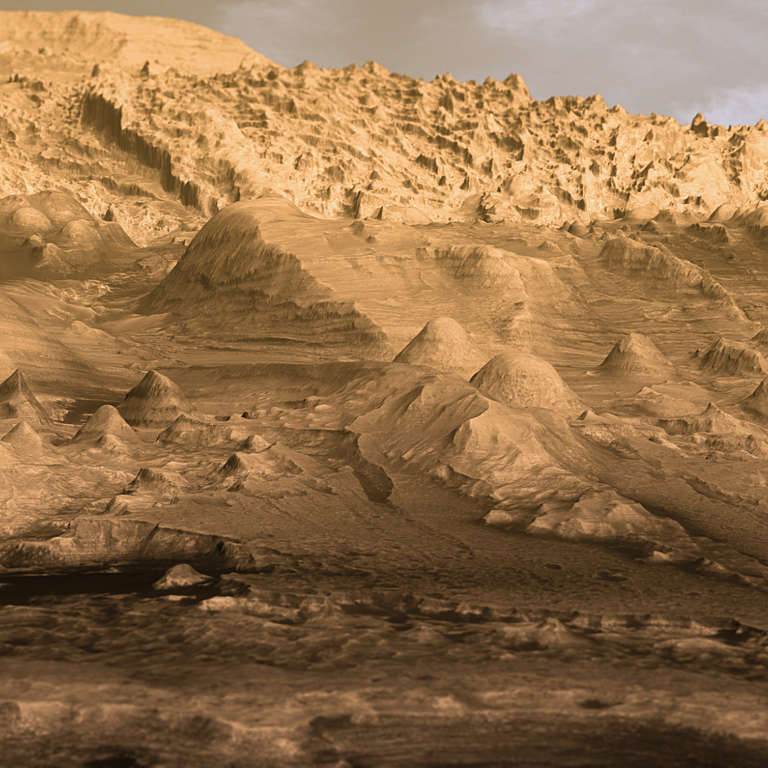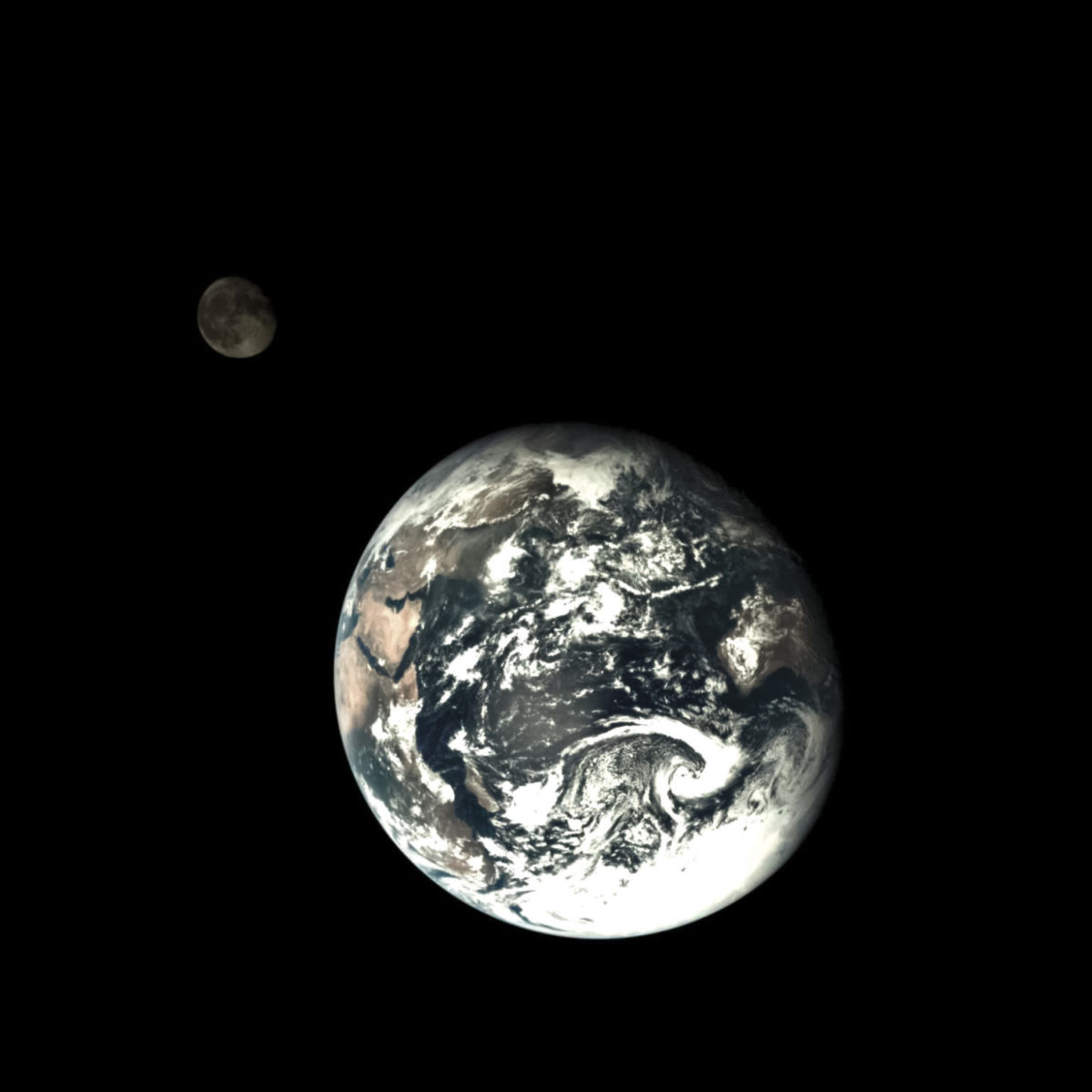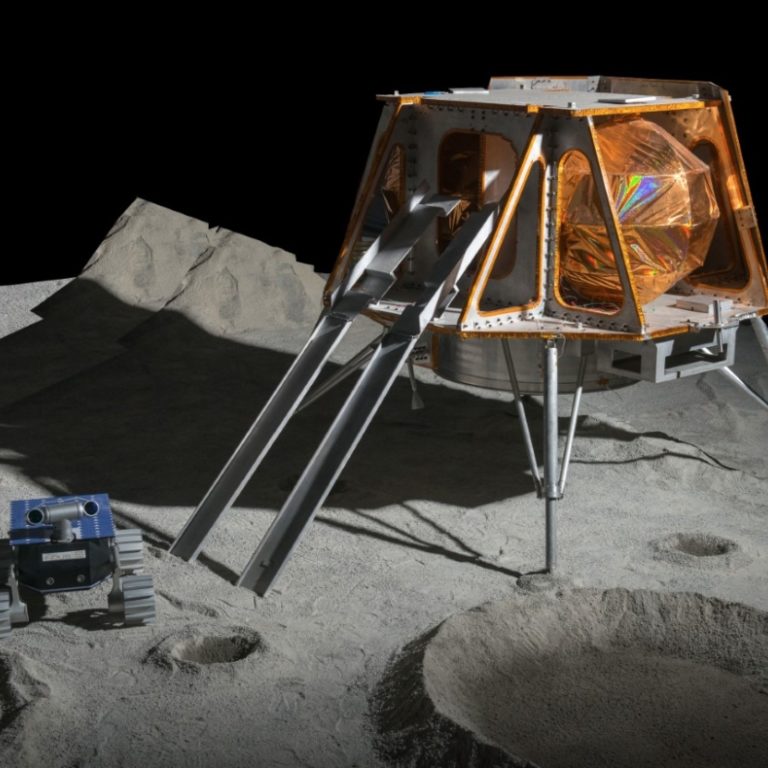All
All
Stories, updates, insights, and original analysis from The Planetary Society.
OSIRIS-REx Earth flyby: What to Expect
OSIRIS-REx launched on September 8, 2016. Now, a year later, it's returning to its home to get a second boost on to its destination, the asteroid Bennu. It'll test all its cameras on Earth and the Moon in the 10 days after the flyby.
Voyager 40th anniversary: Reflecting on the pale blue dot
Today is the 40th anniversary of the launch of Voyager 1. Four decades later, both spacecraft survive, still producing science, still working on their interstellar missions. On the occasion of the anniversary, we revisit Carl Sagan's reflections on the significance of the Voyager missions.
Chasing the total solar eclipse at 38,000 feet
Where did you venture to view the Great American Eclipse? About 100 people were lucky enough to make the trip of a lifetime for it: 38,000 feet above the Pacific Ocean, courtesy of Alaska Airlines.
NASA experiments will watch eclipse's effect on atmosphere
The upcoming solar eclipse isn’t just about watching the Moon block out the Sun. A suite of NASA-funded science experiments will to study the unseen effects of the eclipse on Earth's atmosphere.
A dispatch from the path of totality: the 2017 solar eclipse in Ravenna, Nebraska
Ravenna, population 1,400, sits on the plains of central Nebraska, and almost on the center line of the path of totality for the upcoming Great American Eclipse. Nebraska native Shane Pekny reports on how this small town is preparing for the big event.
Book Review: Sun Moon Earth
With the North American Total Solar Eclipse coming on August 21, people across the continent are getting eclipse mania! Astronomer Tyler Nordgren has written a detailed book on eclipses with a special focus on the August 21st event.
Geology on Mars: Using stratigraphic columns to tell the story of Gale Crater
Stratigraphic columns are a basic tool in geology, used on both Earth and Mars to tell the story of a location. But what are they really?
Radar in Earth and Planetary Science, Part 2
Heather Hunter brings us the next installment in her series on radio detection and ranging.
HERA crewmember shares thoughts ahead of simulated 45-day asteroid mission
Tonight, a four-person crew will seal themselves inside a three-story habitat at NASA's Johnson Space Center, kicking off a simulated 45-day mission to an asteroid. One crewmember shares his thoughts before entering.
Fossils or good-looking rocks? Why searching for life on other worlds is hard
If you find a structure that looks like ancient life, can you be really sure that it is ancient life?
China's lunar sample return mission will pave way for future ambitions
Later this year, China is launching the Change'5 spacecraft to return a sample from the Moon. The mission will pave the way for future ambitions, including crewed trips to the lunar surface.
Unraveling a Martian enigma: The hidden rivers of Arabia Terra
Arabia Terra has always been a bit of a martian enigma. Planetary scientist Joel Davis takes us on a tour of its valley networks and their significance in telling the story of water on Mars.
Radar in Earth and Planetary Science: An Intro
Heather Hunter explains how radar works and what it's used for on Earth and beyond.
Finding spacecraft impacts on the Moon
Over nearly 60 years of spacecraft exploration of the Moon, lots of spacecraft have crashed on the lunar surface—some accidental, some intentional. Phil Stooke hunts for their impact sites.
Microbes exist deep inside Earth’s craters. Could this be the secret to finding life on other worlds?
Earth possesses amazing biological diversity. Every corner of this planet—no matter how bizarre the place—is inhabited by microorganisms. This includes impact craters.
China outlines its space exploration ambitions
China released a new white paper on its policy and activities in space, outlining ambitious deep space exploration, human spaceflight and space science projects as major priorities for the years up to 2020 and beyond.
GOES-R: What’s Next?
After a series of maneuvers in-orbit, GOES-R—now known as GOES-16—has reached its designated location in space. What happens next?
Planetary discovery over the past quarter century
2016 marks the 25th anniversary of the creation of what has become one of the primary venues for the publication of research in planetary science: the Journal of Geophysical Research: Planets. This occasion is a good opportunity to look back at what we have learned in this era of expanded exploration and to try to take a peek at the future.
TeamIndus Announces Launch Contract with ISRO
TeamIndus, India’s only entry for the Google Lunar XPRIZE, just announced their launch contract with ISRO. If successful, TeamIndus would be the first private company from India to land a craft on an extraterrestrial body.
GOES-R: A GOES Primer
The current GOES-East and GOES-West have been faithfully providing continuous imagery and data on Earth and space weather for almost a decade. So, with the launch of the first of the next generation of GOES satellites, GOES-R, what is NOAA trying to accomplish?


 Explore Worlds
Explore Worlds Find Life
Find Life Defend Earth
Defend Earth


 Sun
Sun Mercury
Mercury Venus
Venus Earth
Earth Mars
Mars Jupiter
Jupiter Saturn
Saturn Uranus
Uranus Neptune
Neptune Small Bodies
Small Bodies
















